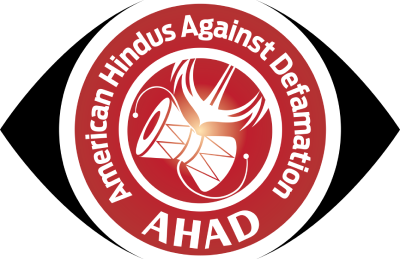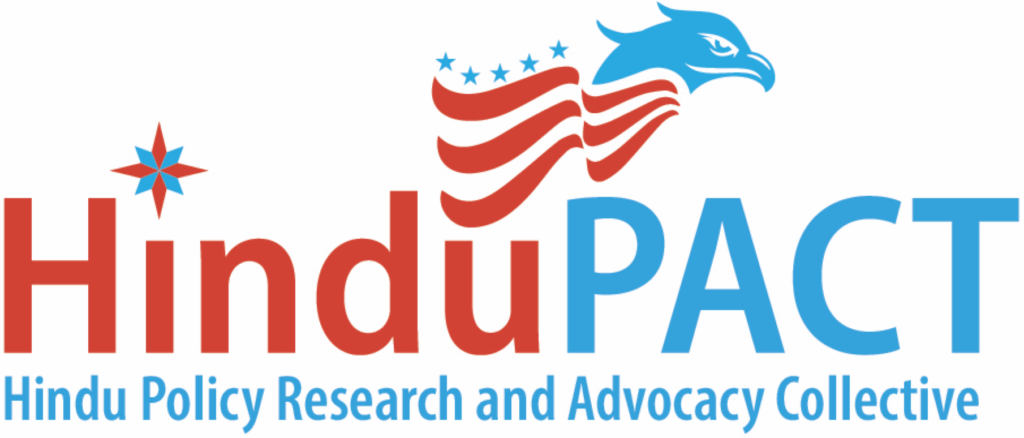Rationale for the Analysis
American Hindus Against Defamation (AHAD) undertook an in-depth critique of Savera’s report, “HAF Way to Supremacy,” which alleges that the Hindu American Foundation (HAF) serves as a facade for promoting Hindutva and supporting far-right ideologies. The AHAD analysis aimed to uncover inherent biases, logical flaws, and misrepresentations in the report to provide a balanced understanding of HAF’s mission and contributions.
Major Findings
AHAD’s evaluation revealed critical issues with the Savera report:
- Extreme Bias: The report employs alarmist language and sensationalist claims, portraying HAF as part of a “Hindu supremacist network” without substantive evidence.
- Selective Evidence and Logical Fallacies: The analysis highlights cherry-picking, guilt-by-association, and false equivalences that equate HAF’s advocacy with far-right ideologies, ignoring its interfaith collaborations and civil rights initiatives.
- Misrepresentation of Hindu Advocacy: The report conflates Hinduism with Hindutva and portrays advocacy for Hindu civil rights as supremacist. This framing ignores the legitimate concerns of Hindu Americans about hate crimes, misrepresentation, and religious discrimination.
- Loaded Language and Stereotyping: Terms like “weaponizing victimhood” and “Hindu supremacist” skew perceptions, perpetuating a negative narrative that fails to acknowledge HAF’s contributions to pluralism and interfaith harmony.
- Omission of Context: The report neglects the historical and cultural contexts of policies like the Citizenship Amendment Act (CAA) and the revocation of Article 370 in Jammu & Kashmir, portraying HAF’s advocacy as political alignment rather than issue-based support.
Counter-Narrative Insights
AHAD’s analysis provided fact-based counterpoints to major claims in the report:
- On Civil Rights Advocacy: HAF’s campaigns focus on addressing Hinduphobia, hate crimes, and misrepresentation of Hinduism in education, countering allegations of supremacist intentions.
- On Collaboration with Other Groups: HAF’s partnerships, such as with StandWithUs and the American Civil Liberties Union (ACLU), demonstrate a commitment to pluralism and civil rights rather than alignment with far-right ideologies.
- On Caste-Based Legislation: HAF’s opposition to legislation like California’s SB 403 is rooted in concerns about stereotyping and stigmatization of Hindu Americans, not denial of caste discrimination.
Methodology
The AHAD analysis employed a hybrid methodology that integrates computational sentiment analysis, word-cloud visualizations, and an exhaustive examination of language biases and logical fallacies. This approach guarantees an objective assessment by systematically identifying patterns of sensationalism, misrepresentation, and selective reporting. The method utilizes a rule-based framework along with a custom large language model developed by Tattwa.ai to evaluate linguistic biases, media omissions, and historical inaccuracies. A comprehensive review of sources, citations, and narrative strategies facilitated an in-depth understanding of the report’s structure and intent while simultaneously creating a detailed overview counter-narrative.
Conclusion
The AHAD critique of “HAF Way to Supremacy” exposes significant biases and oversights, undermining the report’s credibility. While acknowledging the complexities of communal and policy issues, the analysis emphasizes the importance of nuanced and balanced discourse. HAF’s contributions to interfaith dialogue, educational reforms, and combating Hinduphobia reflect a commitment to civil rights, not the divisive agenda alleged in the report. This analysis calls for a more constructive and inclusive narrative to foster understanding across diverse communities.

